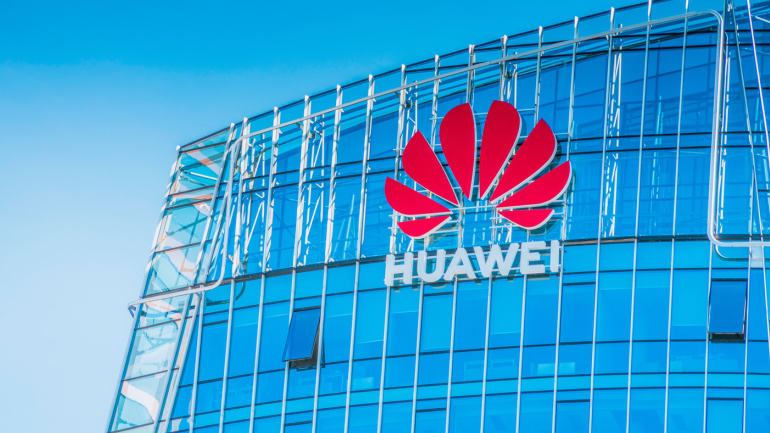BYOD VoIP, or “Bring Your Own Device Voice over Internet Protocol,” lets employees use personal devices like smartphones, tablets, or laptops for business calls through VoIP. This approach enhances flexibility, productivity, and cost savings, but it also poses challenges like security risks, device compatibility, and privacy concerns. Implementing BYOD VoIP effectively requires clear policies, network readiness, robust security measures, and employee training.
Enreach, a leading force in Europe’s rapidly growing converged contact solutions sector, has unveiled a groundbreaking analysis exploring the fusion of automation and AI-driven tools within customer service realms. Titled “The Emergence of Automation and AI for Customer Service,” this illuminating report is the brainchild of renowned industry analyst Blair Pleasant, the President of COMMFusion, a respected US-based market research and consulting firm.
In a collaboration with Bloomberg, Canadian company TechInsights racks the Huawei Mate 60 Pro under scrutiny, examining whether the covertly launched flagship phone can surpass the considerable limitations imposed on it by the US government.
EdgeCore Digital Infrastructure has partnered with Zayo to enhance connectivity at its Santa Clara data center. Meanwhile, a US-led operation dismantled the Qakbot malware network, preventing further infections and seizing $8.6 million in cryptocurrency. Global roaming fraud is projected to cost $8 billion by 2028. KDDI and SpaceX plan to launch satellite-to-cellular services in Japan by 2024, bridging connectivity gaps in remote areas beyond 5G and 4G coverage.
IBM and Salesforce have unveiled a groundbreaking collaboration aimed at accelerating the worldwide adoption of Artificial Intelligence (AI) in Customer Relationship Management (CRM). Their partnership seeks to empower businesses across various industries to transform customer, partner, and employee experiences while ensuring the security of their data.
In a world driven by connectivity and instant communication, businesses need reliable and efficient phone service to thrive. OFFICErING team understands that. With a mission to provide the most reliable phone service at the best prices, OFFICErING has revolutionized the way businesses connect and collaborate. By combining cutting-edge technology, a carrier-class IP network, and an unwavering commitment to customer satisfaction, OFFICErING offers a seamless and feature-rich phone system that guarantees uninterrupted communication.
AT&T has delicately entered the 5G fixed-wireless access (FWA) industry with its Internet Air product, targeting a specific demographic and remaining wary of impacting its mobile and fibre operations. Discussing the challenges and benefits of this strategic approach, we examine its potential against market leaders T-Mobile and Verizon. Are they being too cautious? Are they possibly missing out on the emerging FWA boom in the U.S?.
Nokia’s revamped home wifi software suite, now known as Corteca, promises to revolutionize in-home connectivity management and user experience. This holistic solution boasts advanced features like Corteca Cloud for network management and Corteca Device Software for device administration. More intriguing is the upcoming Corteca Marketplace, offering ‘try-before-you-buy’ applications, potentially opening new revenue horizons. Despite the anticipation, the question remains – will this alleviate users’ connectivity woes and truly enhance their in-home broadband experience? Stay tuned as the story unfolds.
SK Telecom’s recent interest in burgeoning AI companies, especially in the AI Contact Center specialist, Persona AI, is undeniable. The partnership aims to revolutionize customer service through AI technology, reducing wait times and providing 24-hour service. However, challenges remain as AI tries to match the human knack for voice recognition and interpretation. SKT and Persona AI also plan to venture into voice recognition kiosks and voice-activated robots, capitalizing on a rapidly growing market.
Transferring 5G workloads to the public cloud is proving slower than expected, leading financial firm Dell’Oro to adjust its growth predictions for 5G standalone (SA) solutions down. Despite this, a growth rate of 65% over five years is still anticipated. However, the slow adoption of 5G SA by mobile network operators and enterprises has led to a cautious approach. Hyperscale cloud providers look set to hold just 6% of total market revenue in the next five years, underscoring the remaining untapped potential in the 5G SA market.













